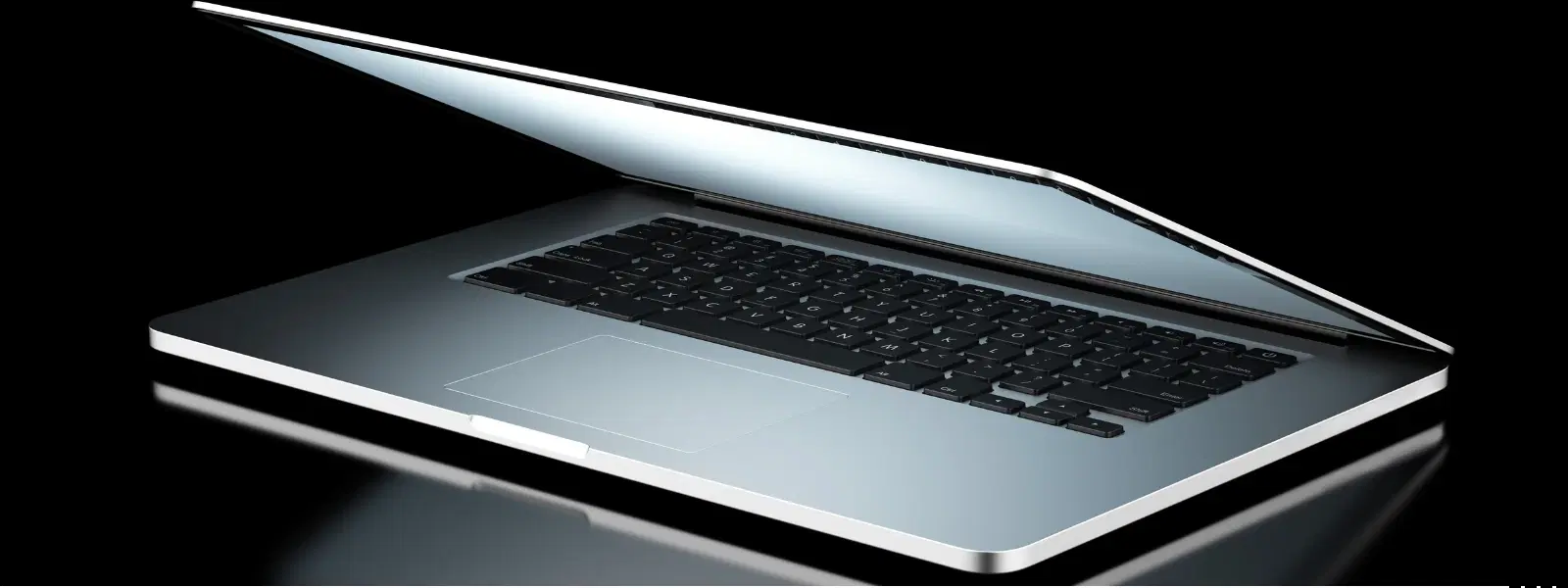
Consumer Electronics
•03 min read
Ever wondered how developers seamlessly manage software on macOS without the hassle of manual installations? Brew, the ultimate macOS package manager, offers a simple solution to install, update, and manage applications and developer tools using straightforward terminal commands. This guide provides you with an essential checklist to harness Brew effectively, whether you are installing software on mac or managing mac applications on a daily basis.
Brew, also known as Homebrew, is a macOS package manager that simplifies the process of installing software. By using Brew, you can add developer tools like Python, Ruby, and Node.js with minimal effort. It transforms the command line into a powerful hub for managing your system’s software efficiently.
Using Brew offers several advantages that appeal to both developers and tech enthusiasts:
Automates software installation and updates.
Reduces dependency issues by handling complex libraries.
Streamlines management of macOS applications.
Ideal for both developer tools and everyday utilities.
Managing these applications effectively can even complement your smart shopping experiences on platforms like Tata Neu where you earn NeuCoins and enjoy other special benefits while searching for the latest tech innovations and reliable appliances.
Before diving in, ensure your macOS version is compatible with Brew. Additionally, make sure you have Xcode Command Line Tools installed as these are essential for the installation process.
Open your Terminal application and verify your shell type (e.g., Zsh or Bash). A correctly prepared terminal is the foundation for executing Brew terminal commands and utilising this homebrew mac installation smoothly.
Pro Tip: Did You Know?
Before installing Brew, ensure your macOS is updated to the latest version for optimal compatibility. To check your macOS version, click the Apple menu > About This Mac.
Begin by opening your Terminal and paste the following installation command:
/bin/bash -c "$(curl -fsSL https://raw.githubusercontent.com/Homebrew/install/HEAD/install.sh)"Follow the on-screen instructions and enter your password when prompted. This brief process lays the foundation for a smooth brew mac tutorial experience.
After installation, run brew --version to verify success. If you encounter zsh: command not found: brew, check that the installation path has been correctly added to your shell configuration file (e.g., .zshrc).
For those concerned about privacy, you can disable analytics by simply running brew analytics off in your terminal.
With Brew, installing software on mac is streamlined. Use the simple command:
brew install [package-name]For example, you can install Python to kickstart your mac developer tools collection by running brew install python.
Keep your toolset updated with these key commands:
Update Brew: brew update
Upgrade packages: brew upgrade
Remove unnecessary packages: brew uninstall [package-name]
These brew terminal commands are essential for maintaining a tidy and efficient system.
If you face issues, try running brew doctor to diagnose problems. Additionally, you can clean up outdated packages using brew cleanup, helping you manage mac applications effortlessly.
Not limited to command line tools, Brew also lets you install GUI applications using the cask command. For instance, to install a web browser, you can run:
brew install --cask google-chromeBrew is a powerful ally for developers. Install essential tools including Node.js, Ruby, or Python with commands such as:
brew install node
brew install rubyThe ease of installing mac developer tools with Brew simplifies development processes and enhances productivity.
If you ever decide that you no longer need Brew, you can uninstall it by executing the command below:
/bin/bash -c "$(curl -fsSL https://raw.githubusercontent.com/Homebrew/install/HEAD/uninstall.sh)"After uninstallation, verify the removal by running brew --version.
Brew, or Homebrew, is a package manager for macOS that simplifies software installation and management through simple terminal commands.
Open your Terminal and paste the command: /bin/bash -c "$(curl -fsSL https://raw.githubusercontent.com/Homebrew/install/HEAD/install.sh)". Follow the instructions to complete the installation.
Essential commands include brew install [package-name] to install software, brew update to update Brew itself, and brew upgrade to update installed packages.
Yes, Homebrew is a widely used and trusted tool for managing macOS software. Always ensure you verify package sources before installation.
To uninstall Brew, run the command: /bin/bash -c "$(curl -fsSL https://raw.githubusercontent.com/Homebrew/install/HEAD/uninstall.sh)" in your Terminal.
Mastering Brew on macOS unlocks efficient management of your applications and developer tools, transforming your workflow with ease. Just as Tata Neu offers a seamless shopping experience with benefits like NeuCoin rewards, streamlined express delivery, and customer-first after-sales support, using Brew empowers you to manage your digital environment intelligently and effortlessly. Enjoy the peace of mind that comes with having reliable technology at your fingertips, allowing you to focus on what truly matters.